“True love is unconditional; it knows no boundaries, expects nothing in return and never wavers.”
As the quote suggests, true love isn’t about grand gestures or material things – it’s about appreciation, selflessness and unwavering presence. It’s about compromise, about choosing each other every day. But sometimes, when you’ve found your lobster – the person you’re meant to be with – there’s something undeniably special about expressing your love with a gift. Not just any gift, but one that holds meaning, one that grows in value, just as love does.
Gold has long been a symbol of love, commitment and aspiration, making it a timeless choice for lovers.
It’s why many people choose to buy gold on Valentine’s Day.
Why do we celebrate Valentine’s Day?
Every year on February 14th, Valentine’s Day is observed. In Britain 76% of us celebrated the day which recognises love and appreciation for those who matter most to us. People express their feelings with heartfelt gestures, from handwritten cards to flowers and chocolates.
Saint Valentine’s Day began as a Christian tradition honouring a martyr named Valentine, but its connection to love came much later. Some believe it replaced the Roman festival of Lupercalia, which honoured the pagan gods of love, marriage and fertility, although there’s no concrete evidence of this.
It wasn’t until the 14th century, when Geoffrey Chaucer wrote about Valentine’s Day and romance, that love became part of the tradition. From there, it grew into what we celebrate today.
Gold symbolism
Gold has long been a symbol of love, commitment and eternity. Unlike flowers which fade or chocolates that disappear (sometimes quicker than we’d care to admit), gold is strong, timeless and beautiful – just like a lasting relationship. For centuries, items like wedding rings and treasured family heirlooms have come to represent love.
While most gifts lose their value, gold remains precious, carrying both emotional and financial significance. A gold necklace, bracelet, coin or bar is something which lasts, a piece which can be
treasured, passed down as a reminder of love and commitment, or kept for its value and investment.
Popular gold gifts for Valentine’s Day
In the UK we spent £2.1billion on Valentine’s Day last year, with sources suggesting those of us who participate spend anywhere between £24 to £83 on average.
The beauty of gold is that it comes in many forms and formats (and budgets!) whether that’s jewellery, coins and bars or investment gold.
Gold jewellery
Jewellery is always a winning choice on Valentine’s Day; when you choose gold, they’ll know you’re serious.
You could embrace the spirit of the day with a heart-shaped pendant or a locket with a small photo or memory. An infinity symbol speaks of never-ending love, while you can add trinkets to a charm bracelet to symbolise moments and memories. Earrings can be both beautiful and practical and are eminently wearable.
But if you really want to make an impression, what about a gold ring? A promise ring, an eternity band or if you’re ready to take the next step, an engagement ring. According to one survey 36% of respondents said Valentine’s Day was the most romantic day to propose.
Very few gifts say as much as a gold ring.
Gold coins
Gold coins are not the first thing which comes to mind as a Valentine’s Day gift, but they do show you’ve really thought about the future.
Limited edition gold coins however, can be surprisingly romantic, if you decide to choose a relevant design which makes them extra special. Most come in a standard 1-ounce weight, making them easy to value.
On a slightly less than romantic note, if you do choose Britannia or Sovereign coins, they’re exempt from Capital Gains Tax because they’re legal tender in Britain – so they’re a smart investment (as well as a thoughtful gift).
Investment gold
That said, the disappointment would be palpable – maybe even relationship-ending – if you surprised your partner with an investment-grade gold bar when they’d been heavily hinting at a gold necklace. We wouldn’t necessarily recommend taking that risk. But if you’re the kind of couple who are into investing, who see wealth as something to build together, then this kind of gift could be worth considering.
Gold bars take a little more consideration. They’re a steady investment but need secure storage, so they’re best suited to someone already familiar with owning physical gold. They also offer better value per gram than jewellery, where design plays a big part in the price.
Gold novelty items
Of course sometimes, the occasion arises where you need a gift which is more unique than jewellery, or a lot less practical than investible gold. The only thing that’s going to do that is a one-off Valentine’s gift which makes their eyes open. One example we’ve picked out is our own Eternity Rose.
It’s a real rose, preserved in 24 carat gold. After undergoing a delicate glazing process, each rose is carefully dipped in pure gold to preserve its form. Presented in an elegant black gift box, it comes with a certificate of authenticity.
How to choose gold types for Valentine’s Day
Once you’ve chosen what format to buy your gold in for Valentine’s Day, and one which feels both meaningful and personal, you want to make sure your investment is a well-informed one.
Gold colour and purity
Gold comes in different purities and colours. The choice of colour is mostly personal; yellow gold is warm and has a traditional feel, white gold is sleek and modern while rose gold carries a soft, romantic charm. You’ll know what to choose by what your partner loves or what they already have in their jewellery box.
- As you’re no doubt aware, gold’s purity is measured by carats (K).
- 24K is pure and has a rich, deep yellow colour. However, it is softer and more prone to scratches.
- 22K is still high in purity but is better in jewellery as it’s more durable.
- 18K is around 75% gold and 25% of other metals like copper and silver.
- 14K is by far the most affordable and popular purity of gold. It’s resilient and makes for superb everyday jewellery.
Gold bars are nearly always 24K (99.9% or higher purity) because they are made for investment rather than jewellery.
Gold coins vary in purity depending on their type and purpose e.g. investment versus collectibles. Many investment-grade coins are 24K (99.9% or higher purity), while some well-known coins are 22K (91.67% purity) to make them more robust.
Set your investment budget and be prepared to do your research on the best value and credible vendors.
Where to buy gold for Valentine’s Day
Where you buy gold matters. If you’re picking out jewellery, you’ll be looking for the perfect design – the one that makes their eyes light up. But what matters just as much is knowing that the gold you’re buying is real, high-quality and exactly what it claims to be. Checking for hallmarking and certification will ensure it’s a gift which stands the test of time both physically and as an investment.
Here at Gold Bank, we’ve been in the precious metals business for over 30 years, and are an authorised distributor of LBMA-registered refiners, a member of the National Association of Jewellers and an official distributor for the British Royal Mint.
Your Valentine is priceless, and the right gift should be meaningful. If you’re thinking about investing in physical gold, we’re here to help. With 30 years of experience, we can guide you towards a choice that not only holds value but also reflects the love you share. Get in touch – we’d love to help you find something truly special.








 In Stock
In Stock

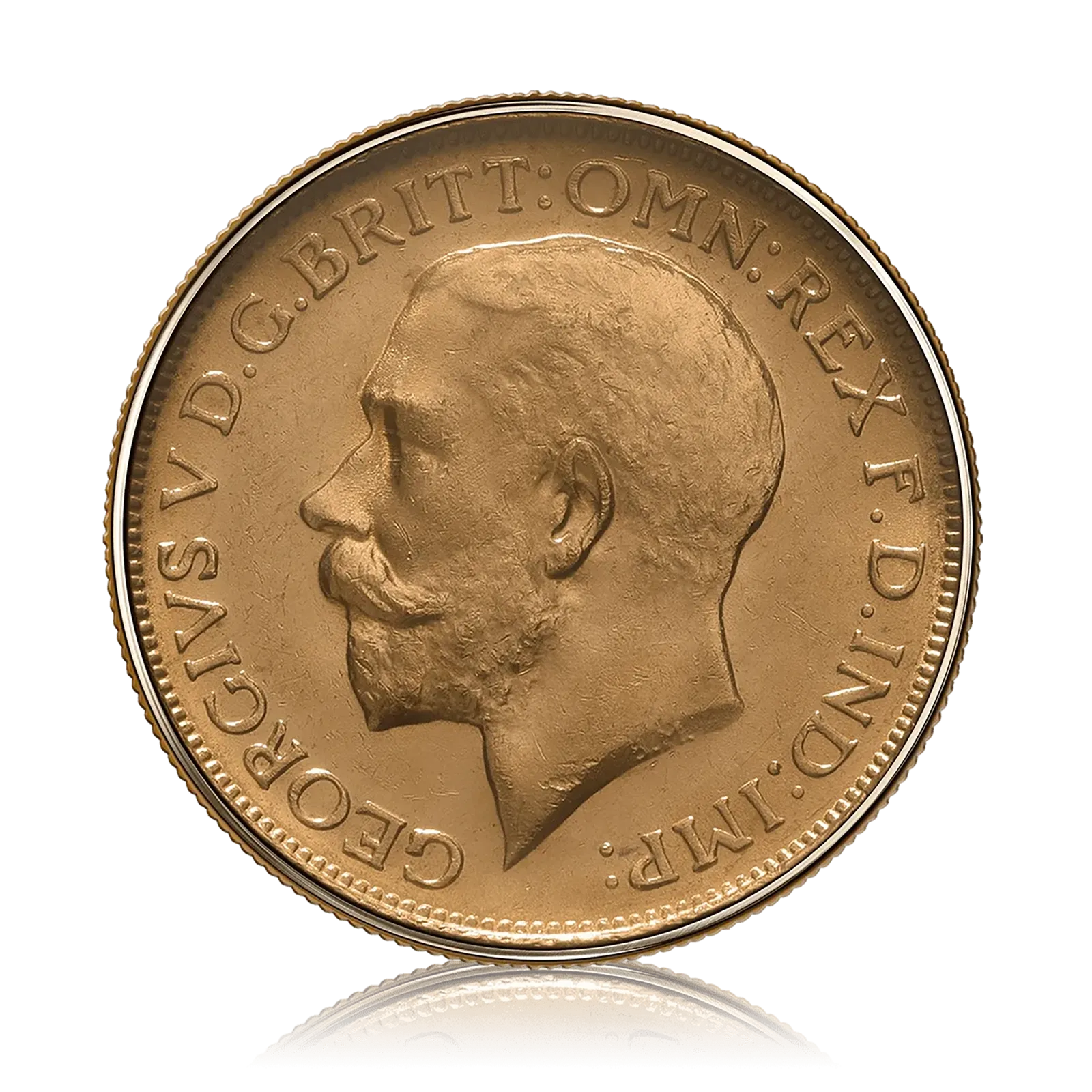
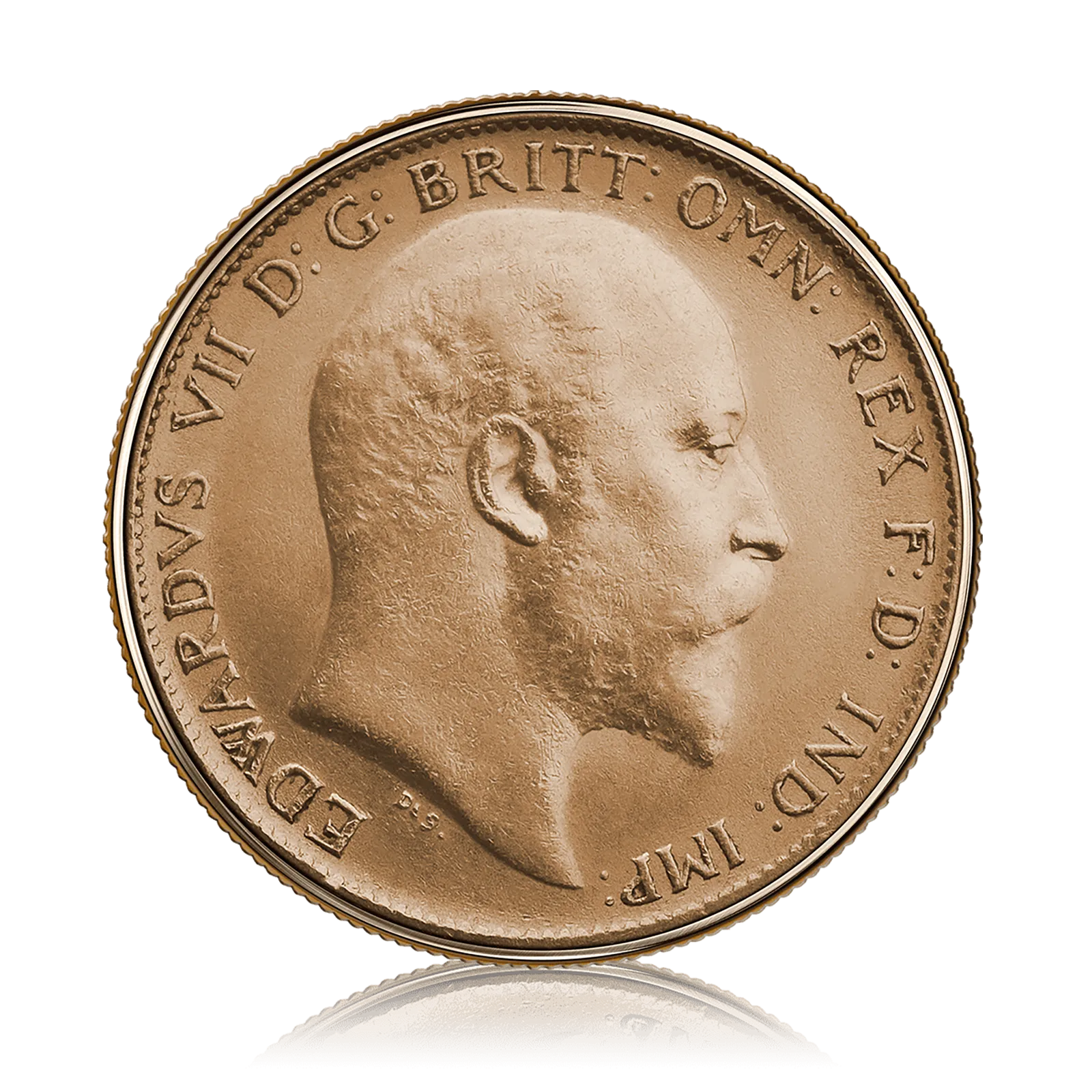
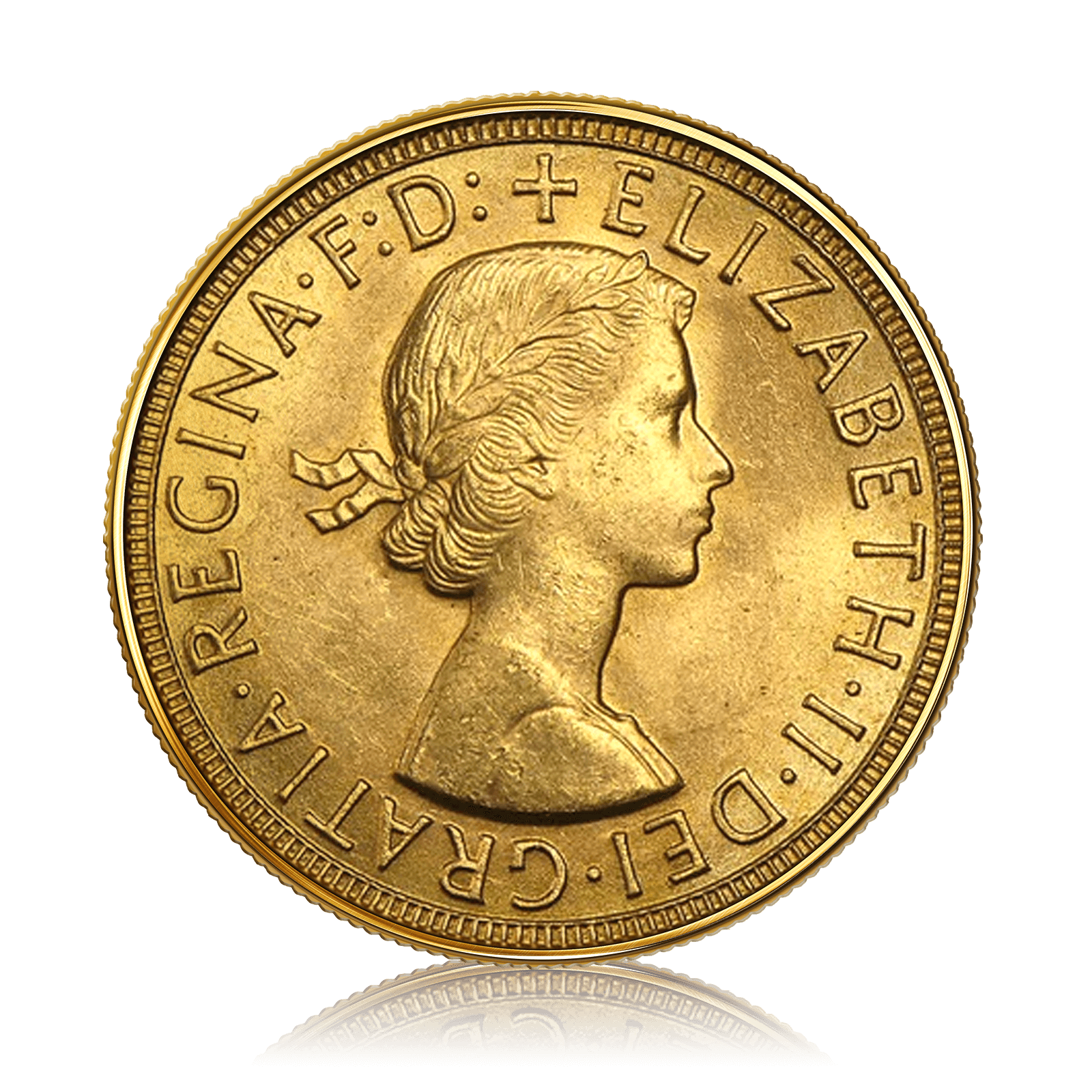
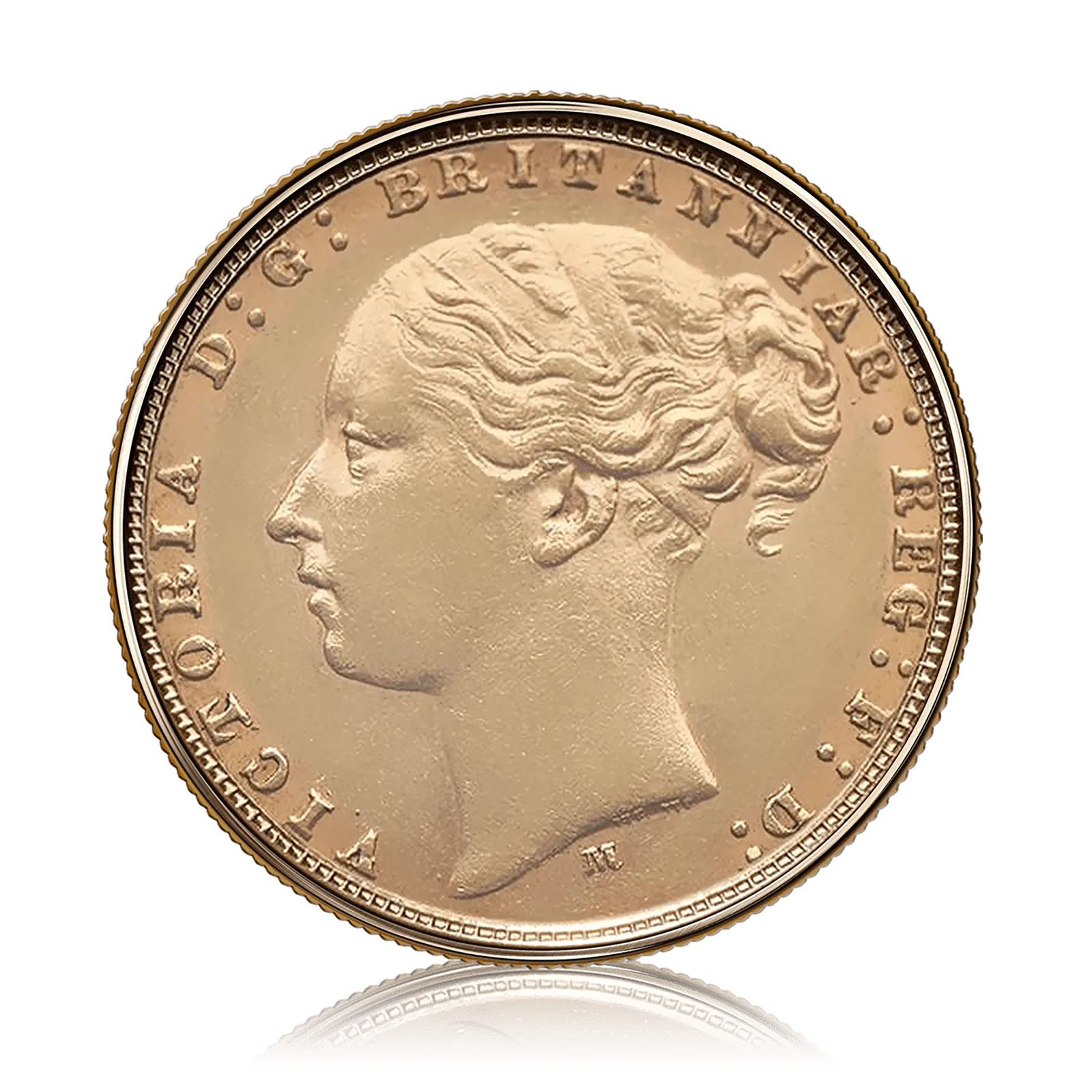
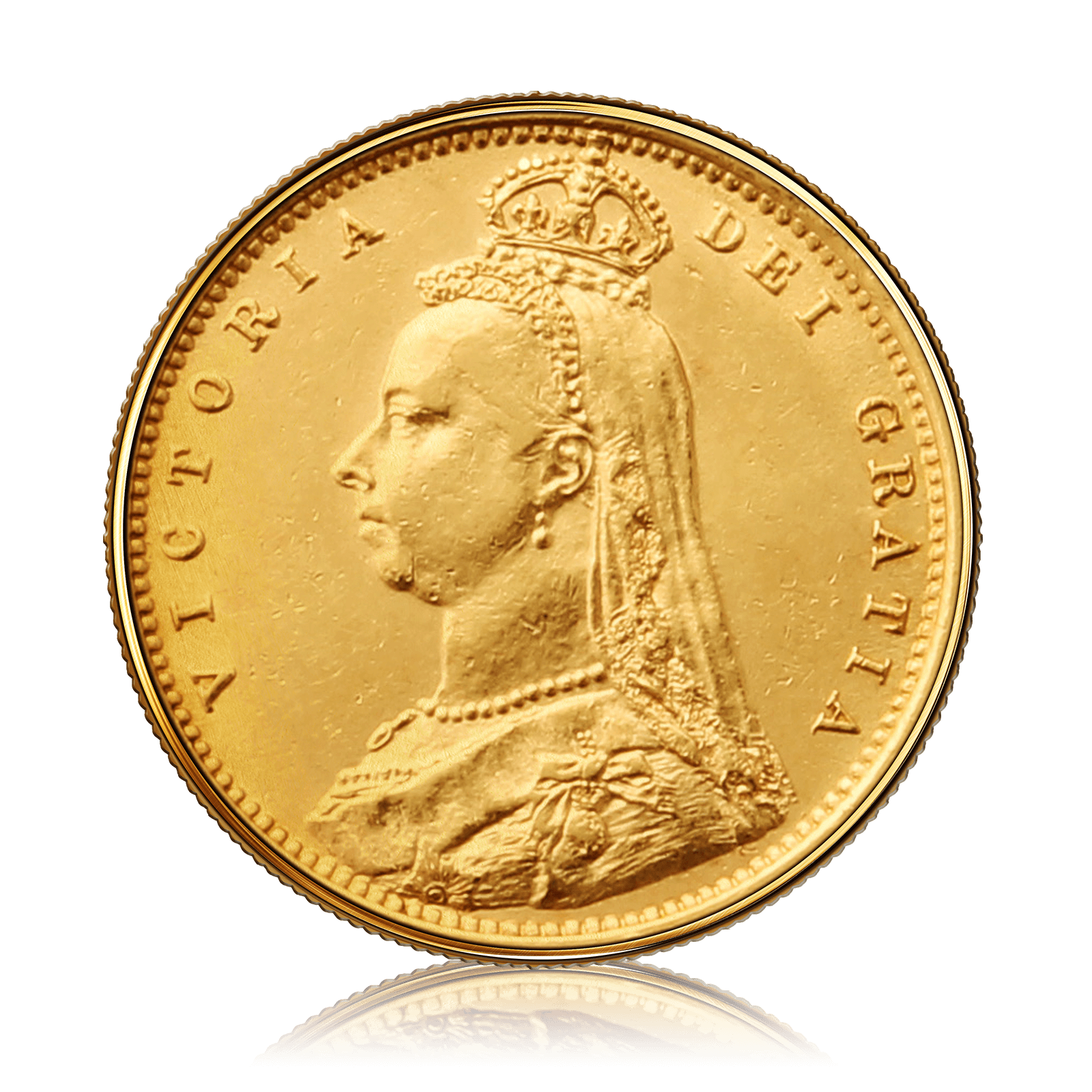
 Out Of Stock
Out Of Stock










